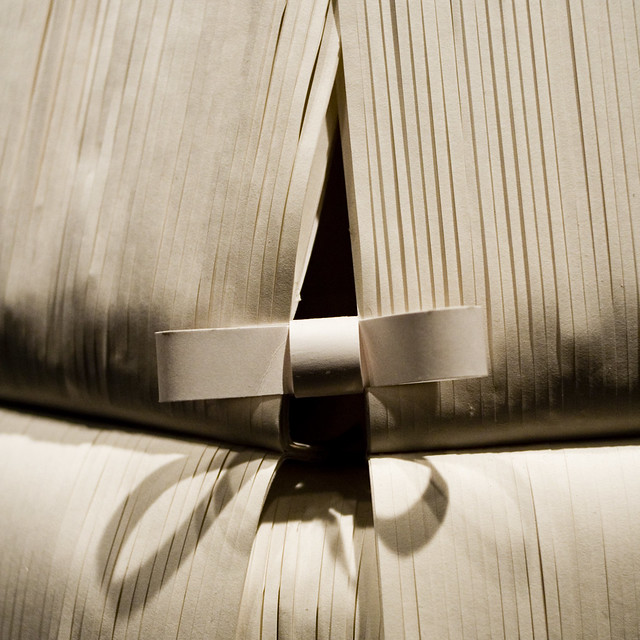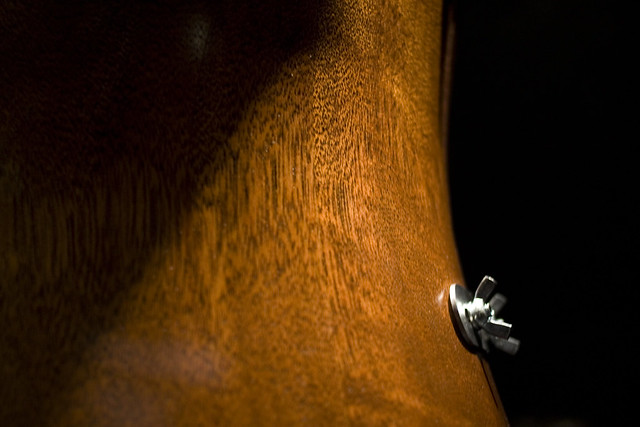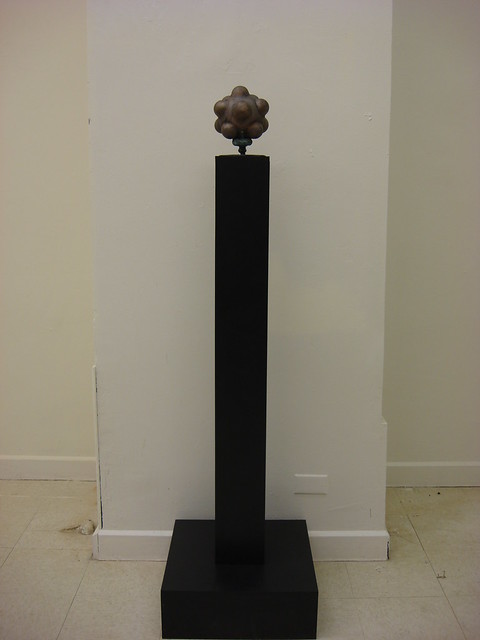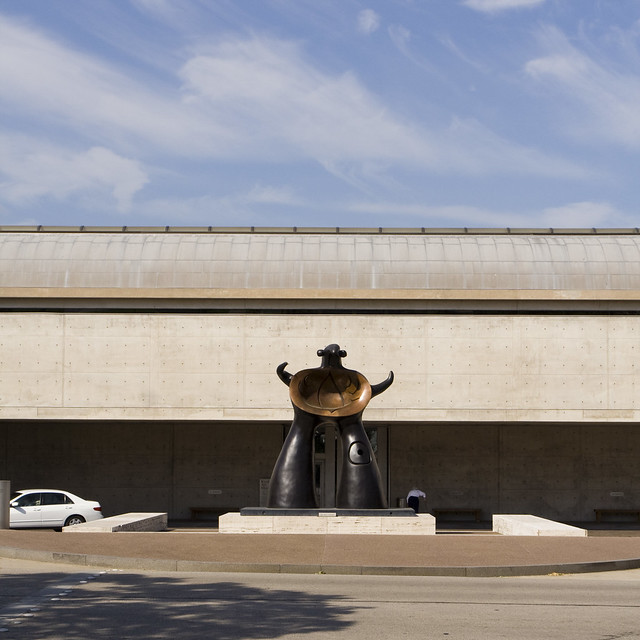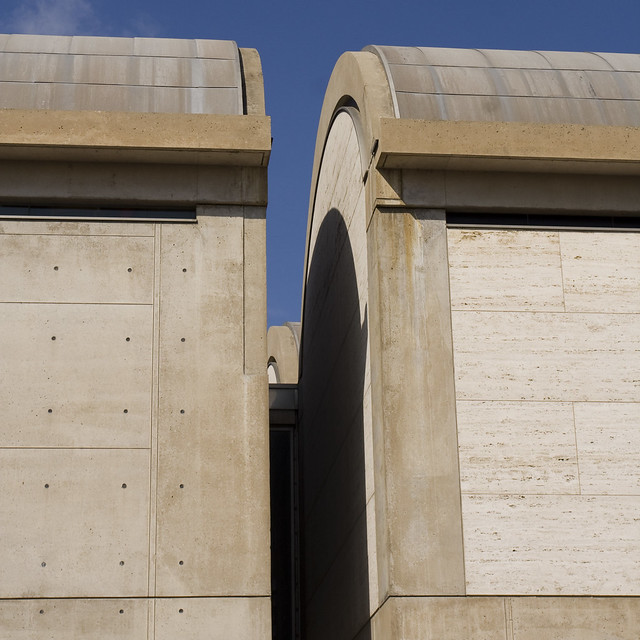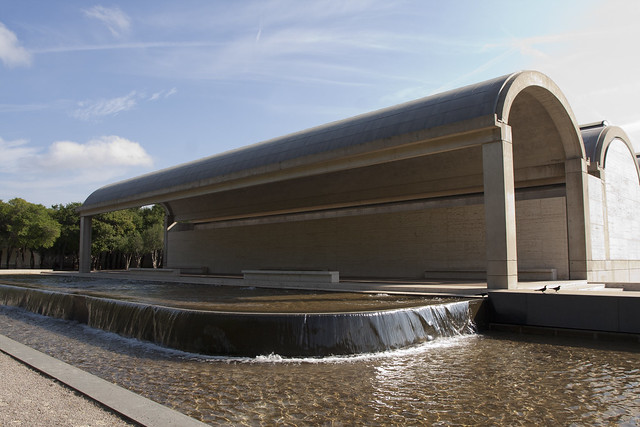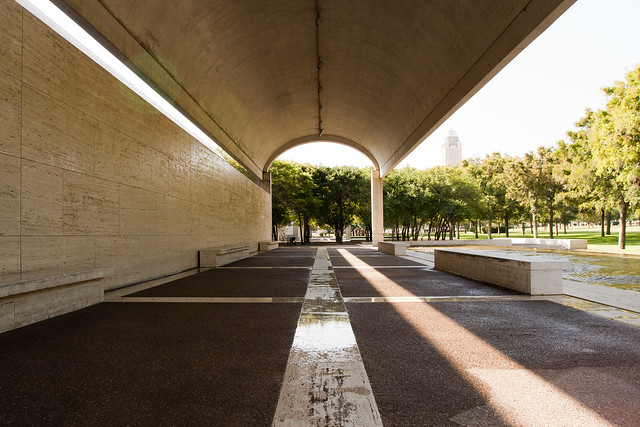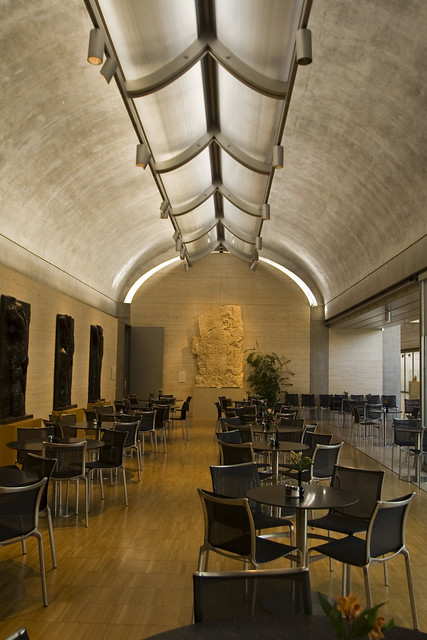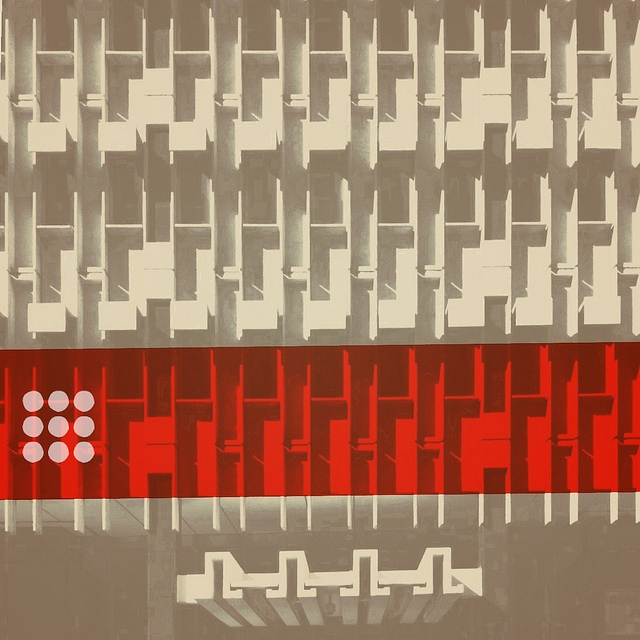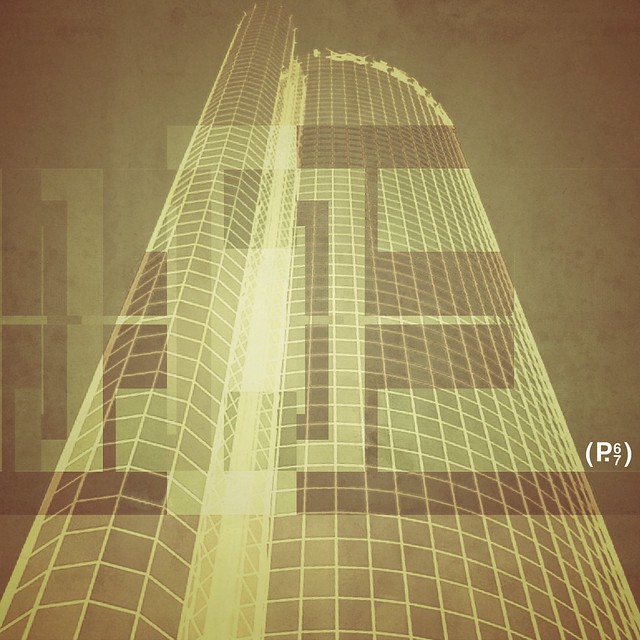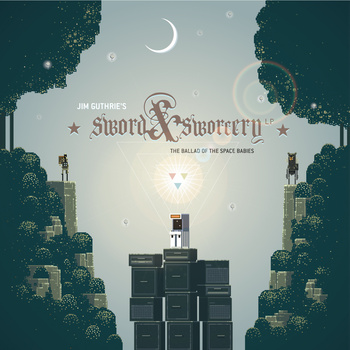Tag: arts
Prince Holds The Katamari On His Shoulders
This was for my sculpture 1 class at the Academy of Art University over in SF. we were to make a sculpture in wax to be cast into bronze. The topic of katamari damacy came up with a friend and i decided i might wanna do something in that theme… but then again i also wanted to make an Atlas holding the world on his shoulders… so i thought about it and the only logical conclusion is that i should do both!
The sculpture is 9 lbs. of cast bronze, 8″ tall, with a liver of sulfur cold patina base on both pieces and then a cupric hot patina on the Prince. the Katamari is designed to balance on the back/arms of the Prince so the two pieces are not welded together (this was an aesthetic choice because it’s really cool holding the ball on its own and also i wanted to make sure the patina on both was distinctly separate). the Katamari was cast hollow with one bump missing which was then welded on later.
What is the Katamari Damacy? Only the trippiest and most awesome game for Playstation 2, where you have a sticky ball and you have to roll larger and larger things. All of this is to fix the damage the King of All Cosmos‘ created after a night of binge drinking which wiped out all the stars from the sky. The King, who is dissatisfied with his 5-cm-tall son’s small size, charges the Prince to go to Earth with a “katamari”—a magical ball that allows anything smaller than it to stick to it and make it grow to collect enough material to recreate the stars and constellations. If you play long enough The Prince is successful, and the sky is returned to normal, but the Earth is destroyed.
Like I said, it is pretty awesome and hypnotizing game.
See more photos of the Prince Holds The Katamari On His Shoulders.
Kimbell Art Museum by Louis Kahn
Revisions to the Eisenhower Memorial Unveiled

It has been a busy few days for the Frank Gehry designed Eisenhower Memorial. Yesterday we talked about the Eisenhower Memorial Critics, and I have been corresponding with critics from the National Civic Art Society in hopes to share their viewpoint here with their commentary.
Also yesterday Gehry Partners unveiled revisions to the Eisenhower Memorial:
The new proposal, unveiled at an Eisenhower Memorial Commission meeting, retains the metal tapestries surrounding an urban park framework, but offers changes to the memorial core that the architect hopes will give greater prominence to Eisenhower’s stature and accomplishments.
Gone are bas-relief sculptures in favor of three-dimensional, heroic-size statues of Eisenhower as president and general, with space for his accomplishments on the stone blocks and quotations on lintels above them. The changes address some of the original design’s focus on Eisenhower’s modesty by putting forth a more muscular representation of his leadership.
Frank Gehry, in a letter read by his chief of staff remarked, “How do you represent a man of such towering achievement whose modesty was one of his core values?” Gehry wrote. “I have refined the design to incorporate this feedback, which I believe helps tell the story of Eisenhower with more dignity and more power.”

Critics haven’t been mollified:
After the Tuesday meeting, critics said the new design still did not address key conceptual and aesthetic concerns. Justin Shubow, president of National Civic Art Society, says the memorial “still portrays Eisenhower as an unrecognizable boy or young man, which is at its core.”
Milton Grenfell, vice chairman of the civic art society and a classical architecture advocate, said the new design remained overscale, “with huge iron curtains,” and called the inscribed stones perched atop one another “willful” and “anti-aesthetic,” giving a feeling of “something that’s not going to last.” He said he hoped Congress would have a chance to weigh in.
I will have to disagree with the two critics mentioned by the Washington Post, both who work for the National Civic Art Society.
I don’t understand why showing Eisenhower throughout his life as a boy, a leader of men in combat, and a leader of men in service as President is an issue. From my understanding his humility was a core feature of his life. Furthermore a memorial illustrating how a boy from Abilene, Kansas grew up to lead one of the most powerful forces ever constructed during World War II, and then put aside his weapons to lead the nation as a civilian President is uniquely American.
His seminal Homecoming Speech in Abilene, Kansas on June 22, 1945 explicitly links his dreams to his youth and a deflection of honor from himself to the men he commanded:
Because no man is really a man who has lost out of himself all of the boy, I want to speak first of the dreams of a barefoot boy. Frequently, they are to be of a street car conductor or he sees himself as the town policeman, above all he may reach to a position of locomotive engineer, but always in his dreams is that day when he finally comes home. Comes home to a welcome from his own home town. Because today that dream of mine of 45 years or more ago has been realized beyond the wildest stretches of my own imagination, I come here, first, to thank you, to say the proudest thing I can claim is that I am from Abilene.
…
One more word, there was one thing in the parade today that was in error. A number of signs – I saw a sign, “Welcome to our Hero.” I am not the hero, I am the symbol of the heroic men you people and all the United states have sent to war. It has been my great honor to command three million American men and women in Europe. All those people from Dickinson County could not come back at one time for a celebration like this, I fully realize, cannot be held for the return of each but in the sum total, if you, as a community, accepts each one of those men back to your hearts as you have me, not only will you be doing for them the one thing they desire but for my part you will earn my eternal gratitude. Every one of those men is precious to me and each one coming back does not want special treatment; he does not want to be supported for life. The initiative, the self-dependence that made him great as a soldier, he expects to exercise in peace, but he does want to be received in the same friendly spirit that you received me. I know you will do it, not as parts of your war duty but out of the greatness of your heart and the warmth of your affection for soldiers that have laid everything on the line for us, even their very lives.
As for Mr. Grendell’s criticism of the memorial being “anti-aesthetic,” I don’t even know what that is supposed to mean. Does Mr. Grendell think that the design is a willful attack against beauty? Or does he just not like the way it looks?

There are many parallels between the reaction to the Eisenhower Memorial and the Vietnam Veterans Memorial designed by Maya Lin:
On November 13, the memorial turns 25. The criticism that dogged the project in its early days—its unconventional design, its black color, its lack of ornamentation—has given way to appreciation of its simple, emotional power. “In the past 25 years, it has become something of a shrine,” said Vietnam Veterans Memorial Fund President Jan Scruggs, who conceived the idea of building a memorial in 1979. “It has helped people separate the warrior from the war, and it has helped a nation to heal.”
They are two different memorials for two different needs: the Vietnam Vetrans Memorial is a place for reflection and healing. The Eisenhower Memorial celebrates the life of a man. I think Gehry has aspirations of creating a work which is on par with the Vietnam Veterans Memorial; here is hoping he can. I also hope critics can offer less attacks, and more ideas.
In further posts, I will be discussing the design itself and memorials in general (stay tuned as they say).
UPDATE May 2012
The discourse is happening – please read Reader Response on the Eisenhower Memorial.
On the Eisenhower Memorial Critics

If you have the stomach, read the Washington Post’s tic-tock about the Frank Gehry designed Eisenhower Memorial. I am no Gehry apologist, but he has become another pawn in Conservative Republican’s culture war:
Justin Shubow, president of a little-known nonprofit group, the National Civic Art Society, read back to Gehry quotes from years earlier, in which the architect discussed the inherent chaos of democratic cities, the way a discordant but often exciting stylistic diversity emerged as the rigid power structures of the 19th century yielded to more freewheeling forms of democracy. Gehry often speaks metaphorically of chaos and danger as powerful aesthetic energies. But Shubow seemed to take Gehry literally, as if he thought the architect wanted to vandalize the sacred center of Washington.
“I probably was talking to a bunch of students … who were afraid,” Gehry responded. “The chaos of the world around us is a fact, and recently it has gotten to be more of a fact.” What matters, Gehry continued, is what you make of that chaos.
Shubow argued that the memorial “represents death and nihilism in the same way that I see your black T-shirt, much beloved by downtown hipsters and nihilists everywhere, and its total rejection of the past and tradition and honestly everything that Eisenhower himself stood for.”
…
In the weeks and months after Gehry’s National Archives appearance, conservative writers and columnists would focus on the “barefoot boy” almost to the exclusion of all else, arguing that Gehry was diminishing Ike’s stature, ignoring his mature work.
…
In February, George Will branded the memorial “an exhibitionistic triumph of theory over function — more a monument to its creator, Frank Gehry, practitioner of architectural flamboyance, than to the most underrated president.” Ross Douthat in the New York Times said “the memorial sells the supreme allied commander’s greatness short.”

Leading the charge is Justin Shubow, of The Federalist Society, the ultra-conservative/libertarian think-tank which brought us Kenneth Starr and the wonderfully usless Clinton investigation of the 1990’s. Mr. Shubow started a new non-profit called National Civic Art Society which pedals out-of context quotes and a conspiracy theory quality website attacking the memorial. Labeling a mockup of the tapestries Shocking “Tapestry” Photos (complete with scare quotes) with photo commentary alleging that, We do not believe these photos have ever been seen by the public or media — for good reason.
Really?
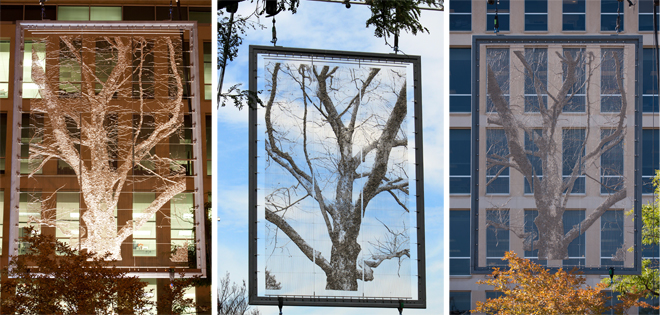

Shubow recently accused those who point out that his organization is really just the Heritage/AEI/Federalist Society in a new name as playing politics (what does that mean in this context: nothing). What is telling is that Shubow et al are really against modernity (not Modernism):
Is it “nostalgia” to ask that the Eisenhower Memorial “shall blend with the essential lines of the old”? Would Knight like to see Paris “improved” by some more oppressive skyscrapers à la the Tour Montparnasse, a Modernist middle finger to centuries of humane harmony? Should Venice, Rome, and Florence get with the times, and hire a starchitect to jazz up their hopelessly backwards cities?
Anyone looking to see what happens when civic architecture abandons such traditional values as harmony and beauty need look no further than Boston’s Brutalist City Hall, San Francisco’s schizo Federal Building, London’s City Hall (a leaning tower of pickle), and the truly bizarre Scottish Parliament Building. In D.C., there is the wasteland of L’Enfant Plaza, the alien gun-tower Hirshhorn Museum (straight out of Battlestar Galactica), and HUD Headquarters a.k.a. the Ministry of Monstrosity.
Architectural Modernism and its deformed descendants have been utter failures both aesthetically and functionally, not to mention aberrations from the entire sweep of civilization. Their works and underlying ideas are headed for the scrap heap of history, where they will join Gehry’s Eisen curtain.
How have they been failures, and why? But that isn’t asked nor given. It is tautological fact that Modernism is a failure. Setting aside the fact that Modernism has a colorful history with successes (Lever House) and failures (Pruitt Igoe), no one labels current design trends Modernism. Which tells me that the opposition comes from some deeper Id.
Mixed up in that list are flavors of Modernism from (Boston City Hall by Kallmann McKinnell & Knowles and Robert C. Weaver Federal Building by Marcel Breuer, to the Hirshhorn by Gordon Bunshaft. Also on the list are newer buildings ranging from the Scottish Parliament Building by Enric Miralles to City Hall by Norman Foster. Arguing that City Hall doesn’t have harmony and beauty is obtuse. This list reads less as an indictment against Modernism or Contemporary architecture than a list of “Things I don’t like, in no particular order.”
This is a list of someone who rejects modernity.

Critics have compared Gehry’s tapestries to billboards, the Iron Curtain and the fences that surrounded the Nazi death camps; they have invoked the names of Marx, Lenin and Engels, as Susan Eisenhower did at a congressional subcommittee hearing. Criticism is fair and required in art and architecture, but we are arriving to crazytown with the tenor and content of the attacks – most of them personal against Gehry. The last refuge of the scoundrel, especially in art, design, and architecture is to attack the designer personally.
There is a larger undercurrent which encapsulates both the Eisenhower Memorial fight and the larger fight against smart growth; a movement which is fearful of the future and believes that the past is not respected enough. Did you know that a vocal minority, mostly composed of Tea Party adherents, see smart growth as an United Nations “Agenda 21” plan to take over the world? No really: people really think that sustainability and smart growth is all about “a centralized planning agency [that] would be responsible for oversight into all areas of our lives. A one world order.”
I would agree to a moratorium on all new memorials in Washington DC for the next 100 years, or better yet, a 100 year rule where no memorial could be designed before 100 years has passed since the person died or the event transpired.
Come at this with actual criticism, not “I don’t like new things” and maybe we can have a dialogue.
UPDATE May 2012
The discourse is happening – please read Reader Response on the Eisenhower Memorial.
Lynette Jackson’s Architectural iPhone Collages
Flower – Fake Logo

I was completing a diagram yesterday, and the blend tool in Illustrator made this, my newest fake logo.
Sword & Sworcery LP – The Ballad of the Space Babies
Awesome soundtrack to a quirky iPhone game, Sword & Sworcery is now out for digital download, 180 gram LP and limited time cassette.

